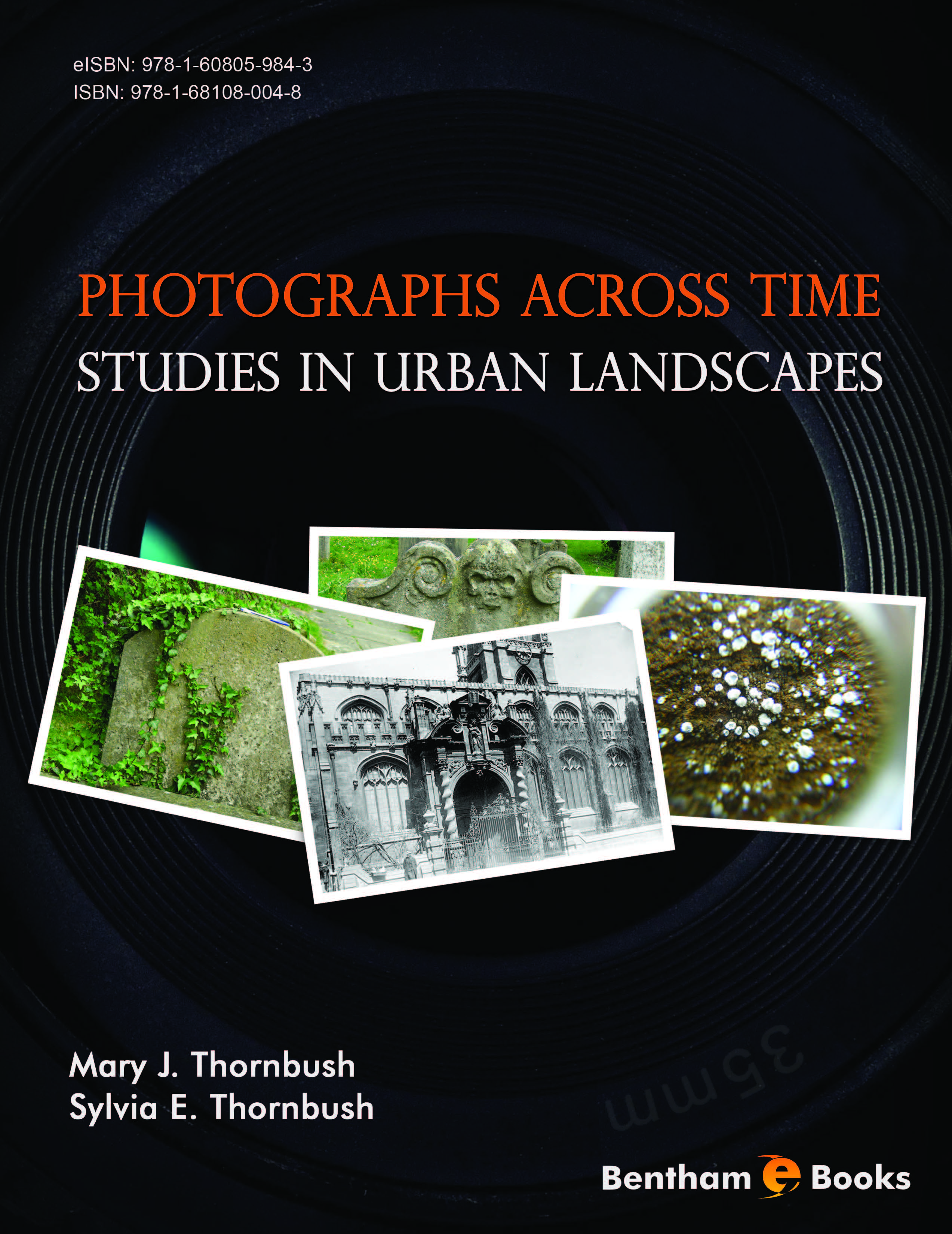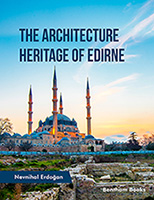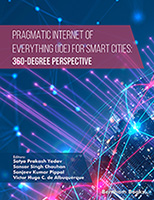Introduction
Photographs Across Time: Studies in Urban Landscapes presents a record of urban environments in Britain, including Oxford, York, Scarborough, Dunbar, Edinburgh, and Inverness. It is a unique demonstration of how digital photography bridges urban landscape studies with archaeology and heritage studies. The book revisits several landscape and weathering studies in churchyards throughout England and Scotland in the UK. The book explains cross temporal and archival applications of digital photography and explores the archaeological use of photographs. Readers can also learn about issues related to creating and maintaining digital records as well as issues relevant to heritage sustainability. Researchers, landscape experts and professional photographers as well archivists will find Photographs Across Time as a handy reference for quantitative geomorphological studies on English heritage sites and the qualitative realm of historical archaeology.



